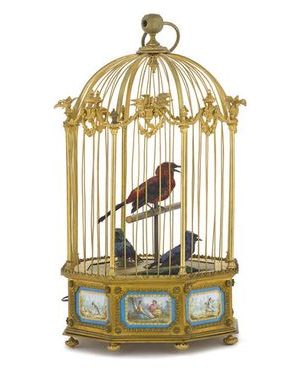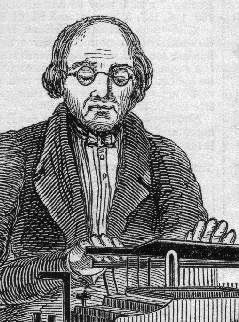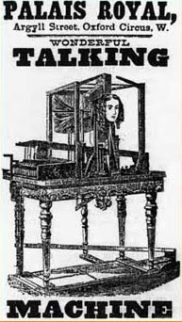The Golden Age of Automata

The 19th Century through to the pre-war period at the beginning of the 20th Century was a prolific time for Automata makers and was rightly considered to be a golden era for the subject. During the 19th Century, Automata could be made at lower cost and with greater ease due to the development of mass production techniques.
From around 1860 onwards, many makers sprang up, most notably in Paris, where they exported many items, among the most popular being clockworks and mechanical singing birds (left). A lot of items of this type are still collected to this day, many of which are now extremely rare and valuable.

One of the most famous individual pieces of Automata from the 19th Century is the “Euphonia” (right), built by Joseph Faber (left) over a period of 25 years.
For all the previous examples of machines that could draw and write, until this time nobody has been able to create anything that could utter more than a handful of words. Faber’s incredible machine was able to ask and answer questions, sing and laugh, and in many different languages.
Did you know?

Faber’s contraption worked via a complicated system of pipes, shutters and levers, which were hooked up to a keyboard. The “lungs” were replicated by bellows which were pumped by a foot pedal.
Spectators were invited to inspect the mechanism as many were sceptical about its abilities and believed that a ventriloquist was responsible for the sounds that were produced.
